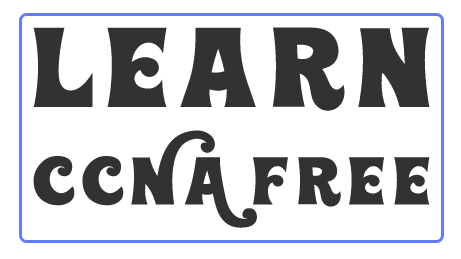OSPF uses concept of areas. An area is logical grouping of the contiguous networks and routers. All routers in same area have the same topology table, but they do not know about routers in other areas..
Each area in the OSPF network has to the connect to backbone area (area 0). All router the inside area must have the same area ID to the become OSPF neighbours. A router that has interface in the more than one area’s (area 0 and area 1, for example) is called Area Border Router (ABR). A router that connect OSPF networks to the other routings domains (EIGRP network, for example) is called Autonomous System Border Router (ASBR).
To the better understand concept of area, consider the followings examples
All routers are the running OSPF. Routers R1 and R2 are inside backbone area (area 0). Router R3 is ABR, because it interfaces in the two areas, namely area 0 and area 1. Routers R4 and R5 are the inside area 1. Router R6 is ASBR, because it’s connects OSFP networks to the another routing domain (an EIGRP domain in this case). If the R1’s directly connected subnet fails, router R1 sends the routings updates only to the R2 and R3, because all the routings updates all localized inside the areas.
The LSAs (Link-State Advertisements) are the used by OSPF routers to the exchange topology information’s. Each LSA contains routing and the topology information’s to describe a part of OSPF network. When the two neighbours decide to the exchange routes, they send each other list of all Lasa in their respective topology database. Each router then the checks it’s topology database & sends Link State Request (LSR) messages requesting all LSAs not found in the topology tables. Other router are the responds with Link State Update (LSU) that contains all LSAs requested by the other neighbour.
The concepts are explained in following examples
After configuring OSPF on the both routers exchange LSAs to the describe their respective the topology database. Router R1 sends LSA headers for its directly connected the networks 10.0.1.0/24. Routers R2 check its topology database & determines that it does not have the information’s about networks. Router R2 then sends Link in the State Request messages requesting further information’s about networks. Router R1 responds with the Link State Update which is contains information’s about the subnet 10.0.1.0/24 (next hop address, cost).








1 Comments
easy to understandable...
ReplyDelete